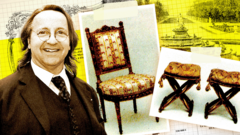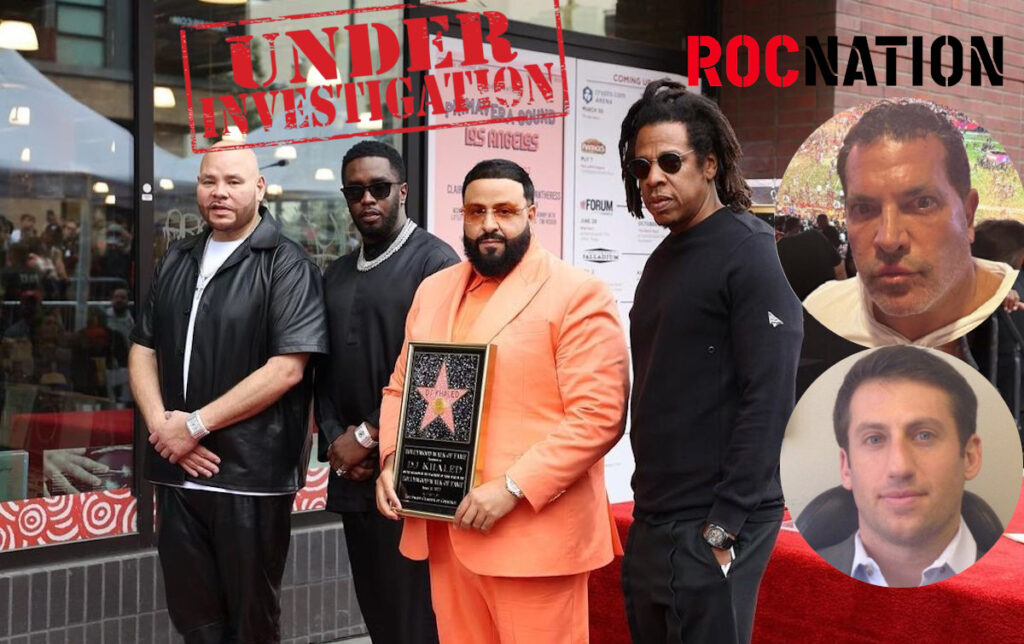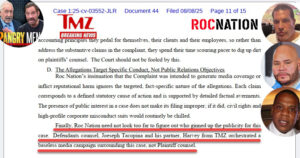The early 2010s saw the emergence of two strikingly ornate chairs that were claimed to have once adorned the grounds of the Palace of Versailles. Allegedly crafted for Marie Antoinette, the final queen of France's Ancien Régime, these chairs bore the prestigious seal of celebrated cabinet maker Nicolas-Quinibert Foliot, who worked in 18th-century Paris. Recognized as "national treasures" by the French government in 2013, these pieces captivated collectors, eventually being purchased by Qatari Prince Mohammed bin Hamad Al Thani for a staggering €2 million (£1.67 million).
In recent years, an armada of 18th-century royal furniture has appeared on the antiques market, including chairs linked to Marie Antoinette and pieces formerly belonging to the mistresses of French kings. Many of these items were acquired by Versailles for its museum collection. However, in 2016, this swirl of royal treasures manifested into a national scandal when it was revealed that these famed chairs were actually forgeries.
The controversy ensnared prominent antiques expert Georges "Bill" Pallot and acclaimed cabinetmaker Bruno Desnoues, who faced trial for fraud and money laundering after a meticulous nine-year investigation. They admitted to their roles, while Laurent Kraemer, director of Galerie Kraemer, and his gallery were charged with deceptive negligence, accusations they strongly rebutted.
Pallot, an acclaimed scholar on 18th-century French furniture, claimed the scheme had originated as a 'joke' between himself and Desnoues. Their initial attempt to replicate a chair only led to further and more ambitious fabrications, ultimately convincing a host of esteemed experts of their authenticity. The chairs were created using salvaged frames and aged wood, gilded and upholstered to imitate historical pieces meticulously, even bearing fake stamps of renowned artisans from the era.
Prosecutors claimed that the two made an illicit profit estimated at over €3 million from their fraudulent enterprise, with proceeds funneled into foreign bank accounts. Versailles lawyers highlighted Pallot's access to archives and documentation that allowed the duo to identify and recreate missing items from historical inventories. This meticulous tailoring of forgeries undermined the trust of institutions like Versailles, raising questions about their standards in authenticity verification.
The case began unraveling when authorities observed suspicious financial activity linked to a local handyman. His revelations led investigators to Pallot and Desnoues. As the trial progressed, charges against some of the initial suspects were dropped, yet prosecutors insisted on upholding charges against Kraemer, arguing his gallery failed in their duty of diligence before selling these pieces to discerning collectors.
In his statements, Kraemer's defense argued he was an unwitting victim of the duo's deception and lacked direct involvement with the forgeries. As the scandal sheds light on the complexities of antiques and art authentication, it poses critical questions regarding the necessary reforms to ensure the integrity of the art market moving forward. As the trial nears conclusion, the judges will determine the verdicts against the defendants, potentially reshaping standards in the antiques trade for years to come.
In recent years, an armada of 18th-century royal furniture has appeared on the antiques market, including chairs linked to Marie Antoinette and pieces formerly belonging to the mistresses of French kings. Many of these items were acquired by Versailles for its museum collection. However, in 2016, this swirl of royal treasures manifested into a national scandal when it was revealed that these famed chairs were actually forgeries.
The controversy ensnared prominent antiques expert Georges "Bill" Pallot and acclaimed cabinetmaker Bruno Desnoues, who faced trial for fraud and money laundering after a meticulous nine-year investigation. They admitted to their roles, while Laurent Kraemer, director of Galerie Kraemer, and his gallery were charged with deceptive negligence, accusations they strongly rebutted.
Pallot, an acclaimed scholar on 18th-century French furniture, claimed the scheme had originated as a 'joke' between himself and Desnoues. Their initial attempt to replicate a chair only led to further and more ambitious fabrications, ultimately convincing a host of esteemed experts of their authenticity. The chairs were created using salvaged frames and aged wood, gilded and upholstered to imitate historical pieces meticulously, even bearing fake stamps of renowned artisans from the era.
Prosecutors claimed that the two made an illicit profit estimated at over €3 million from their fraudulent enterprise, with proceeds funneled into foreign bank accounts. Versailles lawyers highlighted Pallot's access to archives and documentation that allowed the duo to identify and recreate missing items from historical inventories. This meticulous tailoring of forgeries undermined the trust of institutions like Versailles, raising questions about their standards in authenticity verification.
The case began unraveling when authorities observed suspicious financial activity linked to a local handyman. His revelations led investigators to Pallot and Desnoues. As the trial progressed, charges against some of the initial suspects were dropped, yet prosecutors insisted on upholding charges against Kraemer, arguing his gallery failed in their duty of diligence before selling these pieces to discerning collectors.
In his statements, Kraemer's defense argued he was an unwitting victim of the duo's deception and lacked direct involvement with the forgeries. As the scandal sheds light on the complexities of antiques and art authentication, it poses critical questions regarding the necessary reforms to ensure the integrity of the art market moving forward. As the trial nears conclusion, the judges will determine the verdicts against the defendants, potentially reshaping standards in the antiques trade for years to come.



















